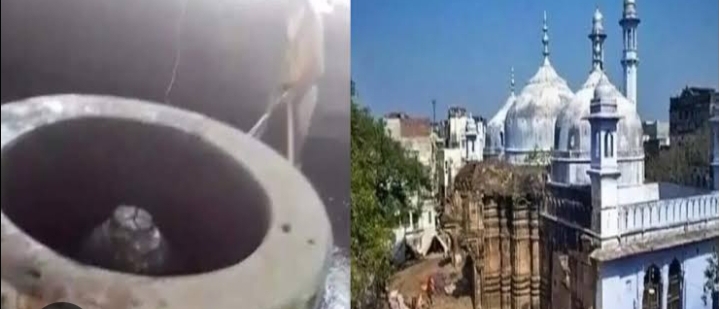In the heart of Varanasi, a city revered for its cultural and religious significance, lies the Gyanvapi Mosque- a site that has become entangled in a legal dispute known as The Gyanvapi case. This case has stirred emotions, sparked debates,, and raised questions about the delicate balance between historical preservation and religious sentiments.
Historical Roots:
The Gyanvapi Mosque stands adjacent to the Kashi Vishwanath Temple, a revered Hindu shrine dedicated to lord Shiva. The mosque’s history dates back to the 17th century when mughal emperor aurangzeb ordered Kashi Vishwanath Temple. The temple’s remnants are said to be encapsulated within the mosque’s structure.

Legal Battle Unveiled:
The legal battle surrounding the Gyanvapi mosque gained momentum when a petition was filed in the Varanasi district court in 1991. The petitioners, led by the Gyanvapi Mukti Yagna Samiti, sought the restoration of the original Kashi Vishwanath Temple and the removal of the mosque.
The case revolves around questions of historical ownership, religious rights, and the preservation of culture heritage. The court has heard arguments from both sides, including historians, archaeologists, and religious scholars, each presenting evidence to support their claims.
Tensions And Controversies:
The Gyanvapi case has not been without its share of controversies. It has become a focal point for religious and political debates, with various groups expressing strong opinions on the matter. The complexities of intertwining religious sentiments and historical significance have made it a challenging case for the legal system to navigate.
Cultural and Heritage Perspectives:
Preserving culture heritage is a delicate task, especially when it involves structures that hold both religious and historical importance. Striking a balance between acknowledging the past and respecting the diverse beliefs of the present is crucial.
The Gyanvapi case promotes us to reflect on how societies can navigate such intricate issues while fostering a spirit of inclusivity and mutual understanding. It serves as a reminder of the need for open dialogue and collaborating efforts in finding solutions that respect both history and religious sentiments.
The Road Ahead:
As the legal proceeding continues, the Gyanvapi case remains a symbol of the challenges inherent in navigating the intersection of history, religion, and the law. The outcome of this case will not only have implications for Varanasi but will reverberate across the nation, shaping discussion on cultural preservation and communal harmony.
In conclusion, the Gyanvapi case is a tapestry woven with the threads of history, religion, and legal intricacies. It beckons us to ponder how societies can navigate such complexities, striving for a harmonious coexistence of diverse perspective while preserving the rich tapestry of our cultural heritage.



